Next up in our airport analysis series: Denver International Airport (DIA) in Denver, Colorado.
In our ongoing analyses of airports and the reviews people leave about them on social media, we’ve showcased how natural language processing machine learning can give insights to stakeholders about what people like and don’t like about their airports. As I’ve written before, there is a difference between social listening and social “hearing.” The latter means that you can essentially “hear” the noise of natural language online, and the former means that you’re able to take what’s said and determine what’s important and what isn’t.
Denver International Airport: A Hub for the Illuminati?
Denver International Airport is the subject of a robust online conversation. Much of this discussion is relevant to airport stakeholders. For example, many conversations show how the airport is held accountable for the actions of individual airlines. Meanwhile, much of the chatter on Denver International Airport’s Facebook page is dedicated to the idea that DIA is a global haven for the Illuminati.
Yup. Now, for those not familiar, The Illuminati is a conspiracy theory obsession in some internet circles. Numerous blogs, subreddits, and YouTube channels claim this supposed shadowy organization of people are “really in control” of the world.
It all started in 2002 when former wrestler (and Governor of Minnesota) Jesse Ventura profiled the airport on his conspiracy theories television show. Though, perhaps, it’s best we let one of the reviewers explain this:
“It is actually an underground Illuminati headquarters. The enormous, hideous blue horse statue with glowing red eyes next to the entrance road killed it’s [sic.] sculptor before he finished it. The runway layout looks like a swastika when seen from space. There is a mural in one terminal that shows a child in a coffin. There are gargoyles on the inside of the building.”

Or as another person actually put it:
“Dude you’re [the] freaking Illuminati dude! what the truck [sic], there’s a trucking [sic] Blucifer statue dude! BLUCIFER!”
Blucifer refers to the statue of a bucking blue bronco in front of the airport. Some other travelers ironically engage in the fun. One comment praised Denver International Airport, claiming that — despite their connection with the Illuminati, occult symbolism, and “secret underground lizard caves” — it’s actually a good airport.
“I practically live here… one of the better airports… tons of secret passageways, [it] even has an antigravity bathroom feature…I recommend using that,” says another playful reviewer.
Context is key
Taken at face value, Denver International Airport is pretty well-liked overall, despite it being a secret world-controlling lair. Looked at in aggregate, the illuminati and Blucifer comments are marginal. The irony and sarcasm present in most natural language data sets can trip up most text mining tools, skewing results. But when the analysis accounts for context, real insights start to emerge.
General comments about airport staff are positive by a two-to-one ratio. The number of positive comments about the attitude of airline employees is also mentioned more positively than negatively. Themes like the security line, bathroom cleanliness, a lack of hooks on bathroom stalls, and an inefficient baggage claim do carry negative sentiment, at a ratio of six to one. These insights, which account for 35% of Denver International Airport’s Facebook dataset, are the nuggets of gold hidden in them there hills (of data). The knowledge provides actual business insights for airport decision makers. This is the sort of precision you can expect when you have an easily tunable sentiment analysis solution.
Getting it right
One commonality between all conspiracy theorists is their cherry-picking evidence to support a premise. This faulty logic has no place in business, let alone an airport. Yet, when leadership at Denver International (or elsewhere) turns a blind eye to social feedback they’ll inevitably fall prey to the same confirmation bias. As the ACRP says, “Airports do not have a choice about whether to be involved in social media; the question is how well they do it.” When airports use solutions like those provided in the Lexalytics product platform, they’re guaranteed accurate and meaningful social listening insights with minimal effort.
And as for the Illuminati? Nos autem videbo vos ad aeroportus!



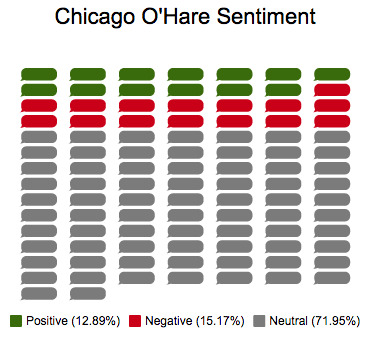
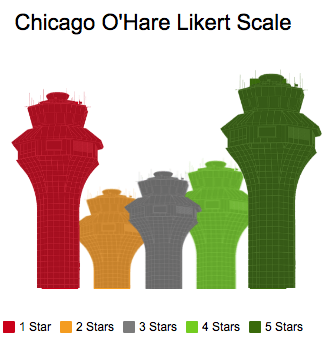




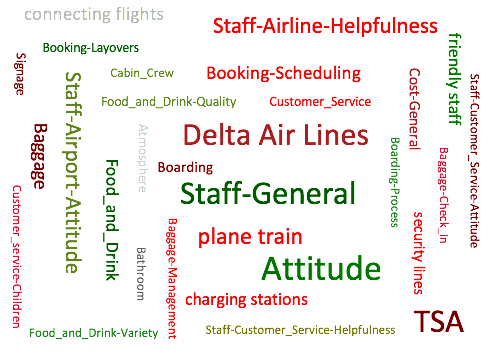
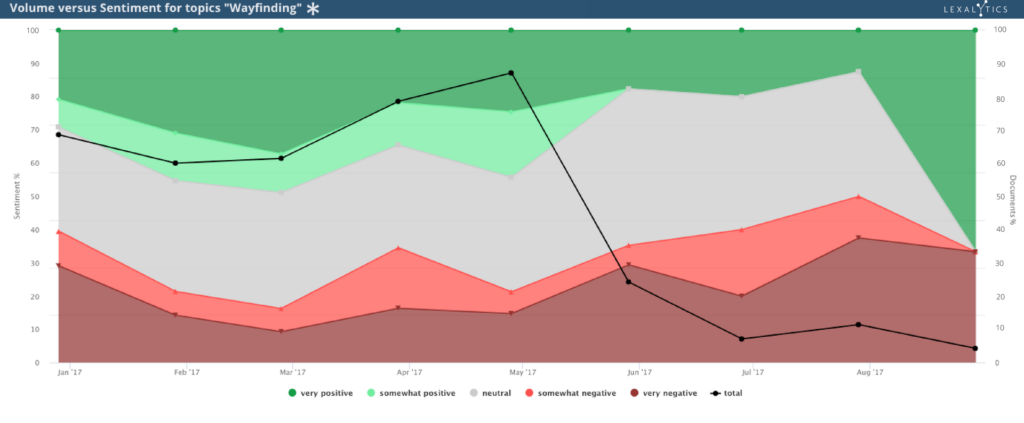
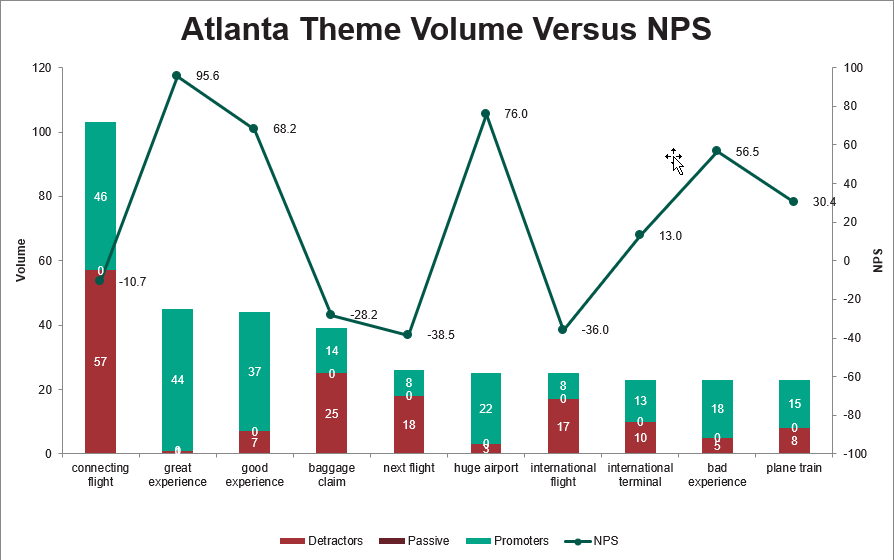

![[AtlantaAirportSentimentCloud.png]](https://inmoment.com/wp-content/uploads/2022/03/Lexalytics-E_Book-2018-Graphics_4-Sentiment_Cloud-1024x484.png)

